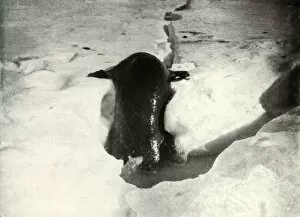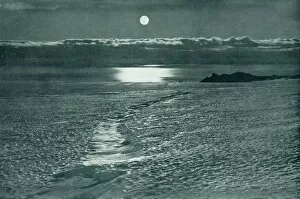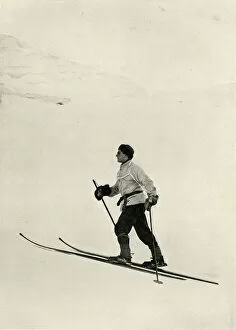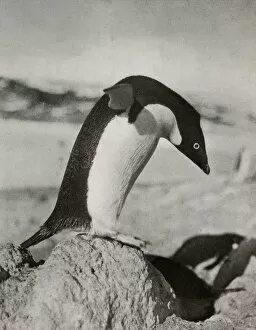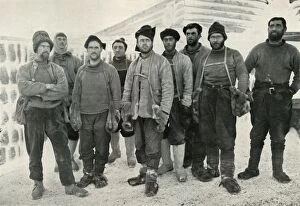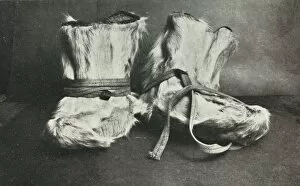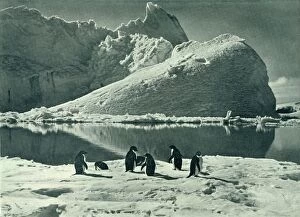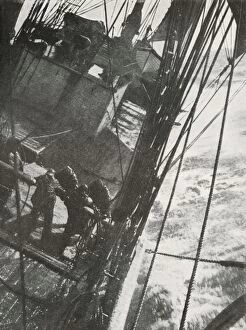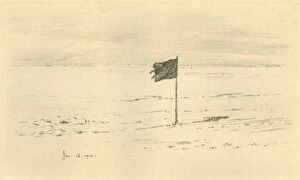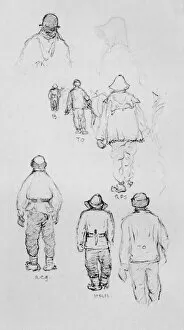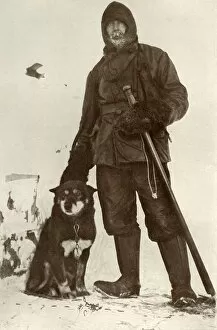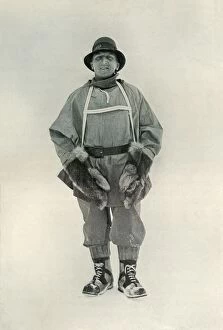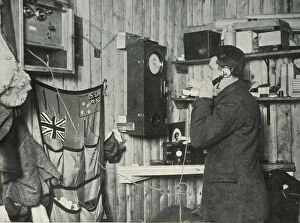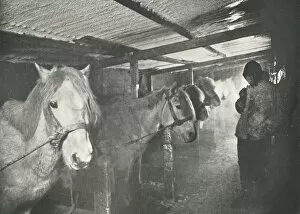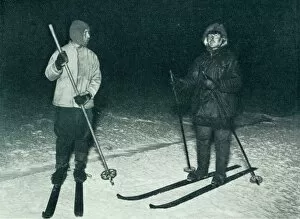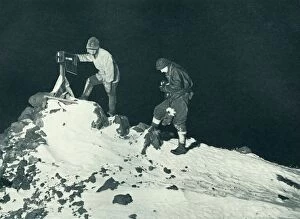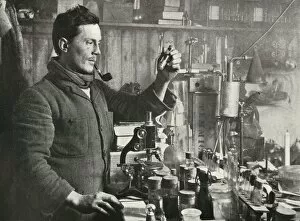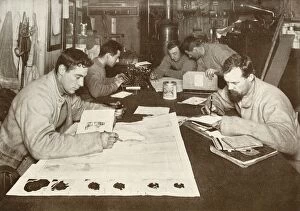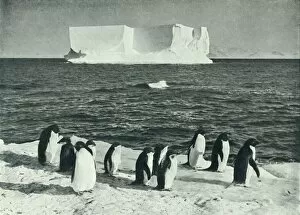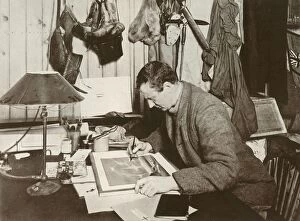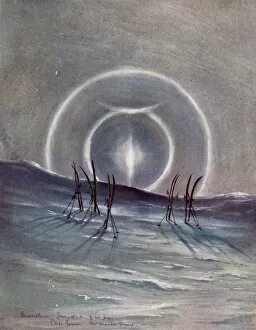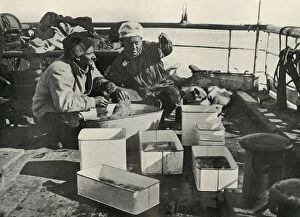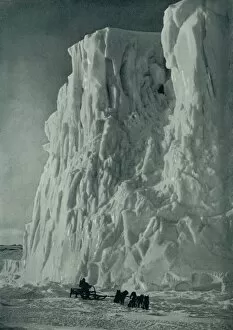Robert Falcon Scott Collection (#5)
Robert Falcon Scott, a renowned explorer, led the ill-fated Terra Nova Expedition to Antarctica in 1910
For sale as Licensed Images
Choose your image, Select your licence and Download the media
Robert Falcon Scott, a renowned explorer, led the ill-fated Terra Nova Expedition to Antarctica in 1910. This captivating photograph captures the spirit of adventure and determination that defined his journey. In this image, we see Scott and his team sledging through the treacherous icy terrain, pushing themselves to their limits in pursuit of scientific discovery. The expedition reached its climax in January 1912 when they arrived at Amundsen's Tent at the South Pole. The painting by Henry Bowers beautifully depicts this historic moment as they stand triumphantly at the southernmost point on Earth. Little did they know that Amundsen had beaten them there just weeks earlier. Tragically, Scott and his companions perished on their return journey due to extreme weather conditions and lack of supplies. Their sacrifice is commemorated by the Captain Scott Memorial Lighthouse in Roath Park, Cardiff, Wales. The SS Terra Nova served as their vessel during this daring expedition. It was aboard this ship that they embarked on their epic voyage into uncharted territory. One cannot help but admire Captain Scott's resilience and courage as he skis across the frozen landscape in another stunning artwork by Herbert Ponting. His unwavering determination shines through even amidst such harsh conditions. This photograph captures a poignant moment for the second western party as they are rescued from Cape Crozier by a passing ship in 1912. Relief washes over their faces after enduring months of isolation and uncertainty. In another breathtaking painting by T Griffith Taylor, we witness members of the first western party exploring a natural ice-tunnel with awe-inspiring beauty surrounding them - an experience few have ever witnessed firsthand. Herbert Ponting's cinematographs provide us with glimpses into life aboard the Terra Nova during this extraordinary voyage. From furling sails amidst pack ice to capturing candid moments among officers on board – these films offer valuable insights into daily life during one of history's most daring expeditions.






